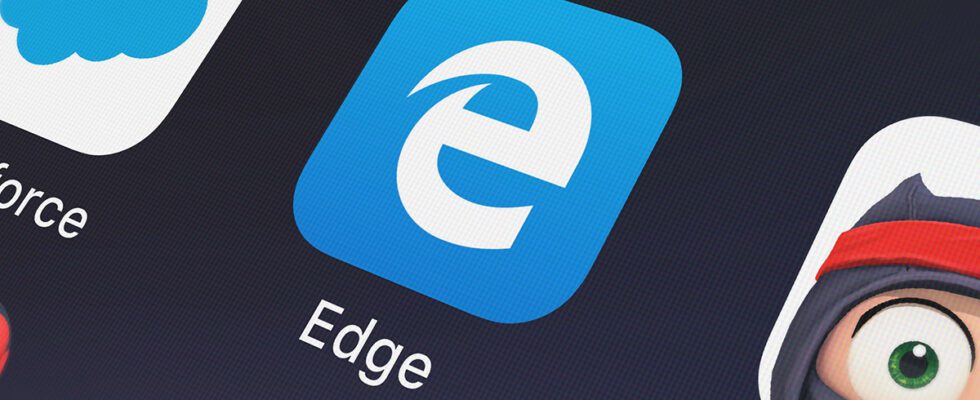Internet users and other Windows users are already used to seeing advertisements for Edge appear in their applications. But this time, Microsoft did not go with dead hands. Now, by going to the Chrome download site, you are directly greeted by a gigantic banner extolling the merits of its competitor.
It is not uncommon for Microsoft to advertise its web browser more or less insistently. In recent years, pop-ups promoting Edge have been seen in the Windows taskbar, and sometimes even directly in the operating system’s search bar. Often, user reaction is relatively negativethe latter not really appreciating being bombarded with advertising messages when they open any application.
But that does not prevent Microsoft from keeping its (bad?) habits, nor from going a little further each time. The latest example is particularly striking. As FireCube reports on Twitter, the Redmond company is now trying to dissuade users from switching to the competition. If you attempt to use Chrome through Edge, you may see a gigantic banner on the Google site calling you to order.
Microsoft really doesn’t want you to download Chrome using Edge
As shown in the screenshot above, Microsoft recalls that “Edge uses the same technology as Chrome”, which is factually true, both browsers running from the same Chromium kernel. And, in fact, Edge does offer a few features that are not found in its competitor. But these benefits are nothing compared to the force of habit. With 66% market share, it is not surprising that the Google browser is the first choice of Internet users who have just equipped themselves with a new computer or smartphone.
On the same subject — Edge: the integrated VPN arrives on the Microsoft browser
Suffice to say that we are once again expecting negative repercussions from the latter, who only ask to download the browser of their choice, especially since Edge is already installed by default on devices. Windows. That being said, you can’t really blame Microsoft to try to keep these on its own applications. It would be enough to find the balance between incitement and harassment.
